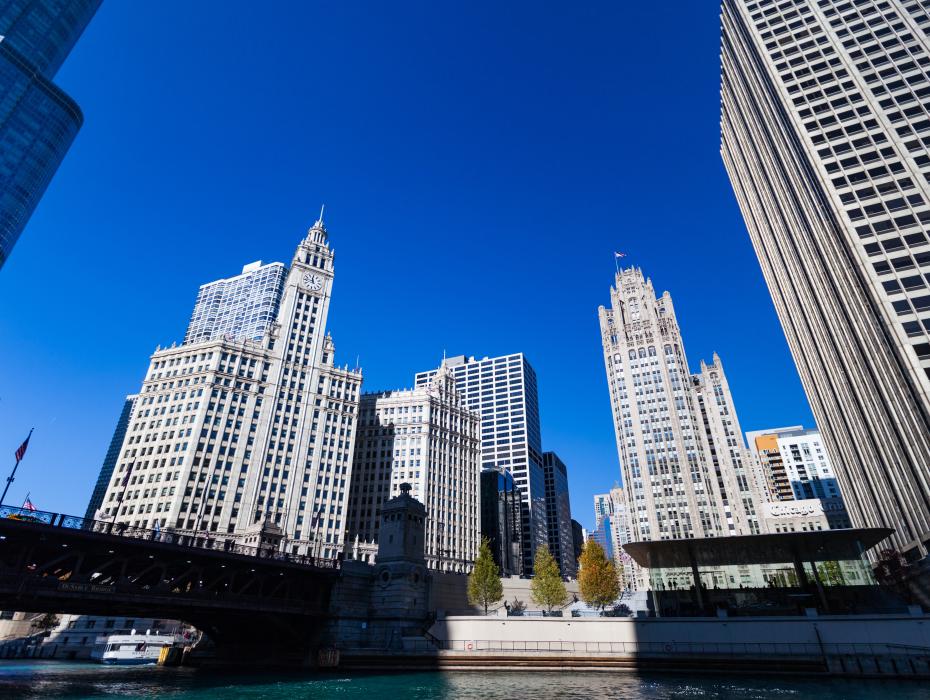Real Estate Insights
Actionable, Relevant Content at Your Fingertips
Image

Stay Informed with The CCIM Institute's Publications
Read our publications for Commercial Real Estate industry intelligence, trending topics, and practical advice.
Image

CCIM Connections
CCIM Connections reports on the latest trends, current developments, and successful business strategies in the industry.
Image

The Commercial Connections Podcast
Commercial Investment Real Estate Podcast, the companion to The CCIM Institute's quarterly magazine, features leading industry personalities tackling the topics that matter most to commercial real estate professionals.
Image

The CCIM Institute Blog
The CCIM Institute Blog features CCIMs, along with dealmaking, networking and technology news.
Image

Get Featured in Deal Makers
Let us celebrate your success! Submit your recently completed deals for inclusion in CCIM Connection magazine's CCIM Deal Makers.
Image

RPAC - The REALTORS Political Action Committee
Since 1969, the REALTORS® Political Action Committee (RPAC) has promoted the election of pro-REALTOR® candidates across the United States

